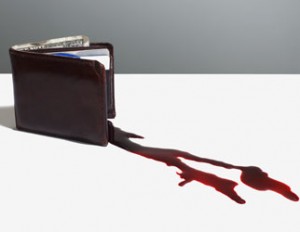RRSP dividend reinvestment strategies
Losing money in your RRSP isn't a good reason to wind it up, says Bruce Sellery.
Advertisement
Losing money in your RRSP isn't a good reason to wind it up, says Bruce Sellery.

Share this article Share on Facebook Share on Twitter Share on Linkedin Share on Reddit Share on Email